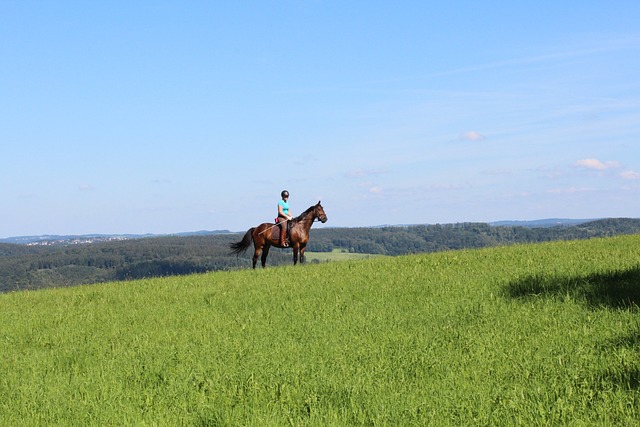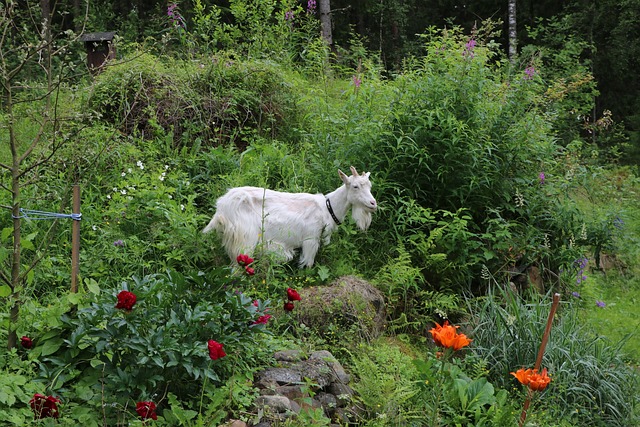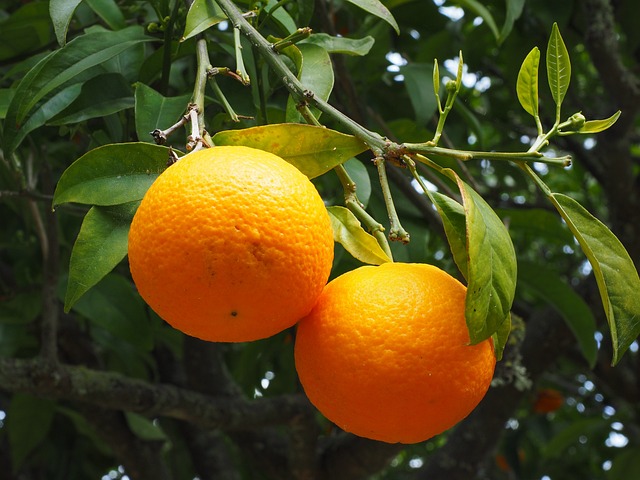bicho feio assustador 😎 Bicho Feio Assustador: A Fascinating Exploration of Nature's Unconventional Creatures

Bicho Feio Assustador: A Fascinating Exploration of Nature's Unconventional Creatures
In the vast tapestry of biodiversity that our planet offers, there exist creatures that defy conventional notions of beauty and charm. Often labeled as "bicho feio assustador," these remarkable beings provoke a range of reactions—from sheer fascination to visceral fear. Yet, as we delve deeper into their world, we uncover the intricate roles these creatures play in our ecosystems and the lessons they impart about nature's boundless creativity.bicho feio assustador
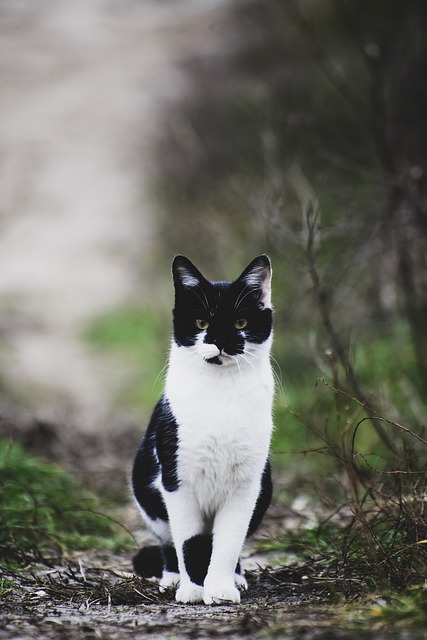
At first glance, the bicho feio assustador, or the "ugly scary creatures," may seem like mere anomalies, designed to elicit gasps and shudders from unsuspecting observers. However, upon closer inspection, one realizes that their unique appearances are often adaptations honed over millions of years of evolution. These creatures have developed traits that not only ensure their survival but also contribute to the balance of their ecosystems.
Consider the enigmatic axolotl, a salamander that retains its juvenile features throughout its life. This creature, with its frilly gills and wide, innocent eyes, might not fit the traditional mold of aesthetic appeal, yet it plays a crucial role in its aquatic habitat. Its ability to regenerate lost limbs and even parts of its heart has made it a subject of scientific intrigue, offering insights into regenerative medicine and the potential for human applications. Herein lies the paradox: what may initially appear grotesque often holds keys to understanding life itself.
Another notable contender in the realm of bicho feio assustador is the naked mole rat, a small mammal that thrives in the underground burrows of East Africa. With its hairless body and protruding incisors, it evokes images of a creature straight out of a horror film. Yet, beneath this unappealing exterior lies a complex social structure akin to that of social insects, such as bees and ants. Living in colonies, these rodents display remarkable cooperation and division of labor, challenging our perceptions of individuality and community in the animal kingdom.
The fabled pufferfish, known for its ability to inflate and its toxic defenses, further exemplifies this intriguing dichotomy. Often regarded with a mix of fascination and dread, this fish's spiky exterior serves as a deterrent to potential predators. Yet, in the culinary world, its delicate flesh—when prepared correctly—offers a gastronomic experience that few can resist. This duality, where beauty and danger coexist, speaks volumes about the complexity of nature’s designs.bicho feio assustador
Transitioning from the aquatic realm to the skies, we encounter the vulture. Often misunderstood and maligned for its scavenging habits, the vulture is a crucial player in the ecosystem. Its unsightly appearance, marked by a bald head and a stooped posture, belies its vital role in maintaining environmental health. By consuming carrion, vultures prevent the spread of disease, acting as nature’s cleanup crew. In this light, the bicho feio assustador becomes a symbol of resilience, reminding us that beauty can be found in the most unexpected places.
As we grapple with our perceptions of these creatures, it is essential to acknowledge the cultural narratives that shape our understanding of beauty and fear. Folklore and mythology often paint these beings in a negative light, embedding them into our collective consciousness as symbols of dread. However, as we educate ourselves about the ecological significance of bicho feio assustador, we begin to unravel the prejudices that cloud our appreciation for the natural world.
In recent years, there has been a growing movement towards wildlife conservation, which emphasizes the need to protect not only the charismatic megafauna but also the less glamorous members of the animal kingdom. Conservationists argue that every species, regardless of its appearance, has a role to play in the intricate web of life. This perspective encourages a shift in how we engage with nature—promoting empathy and understanding rather than fear and aversion.bicho feio assustador
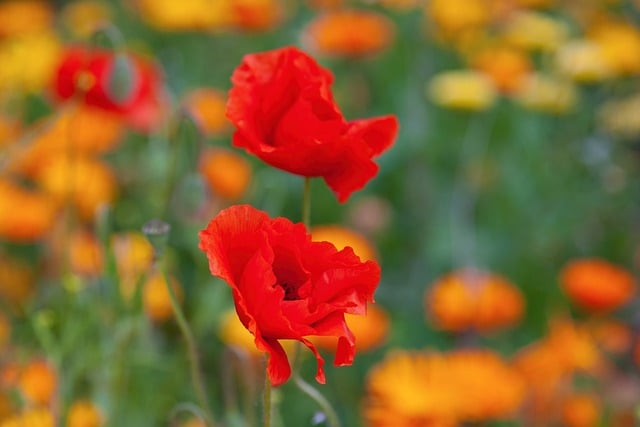
In conclusion, the bicho feio assustador serves as a powerful reminder of the diversity of life on Earth. As we confront our biases and reevaluate our perceptions, we open ourselves to a greater understanding of the intricate relationships that define our ecosystems. These unconventional creatures, often seen as grotesque or frightening, are, in fact, emblematic of nature's ingenuity and resilience. By embracing the beauty within the bizarre, we can foster a deeper connection to the natural world, ensuring the protection of all its inhabitants, no matter how frightening or ugly they may seem.
Fale conosco. Envie dúvidas, críticas ou sugestões para a nossa equipe através dos contatos abaixo:
Telefone: 0086-10-8805-0795
Email: portuguese@9099.com
